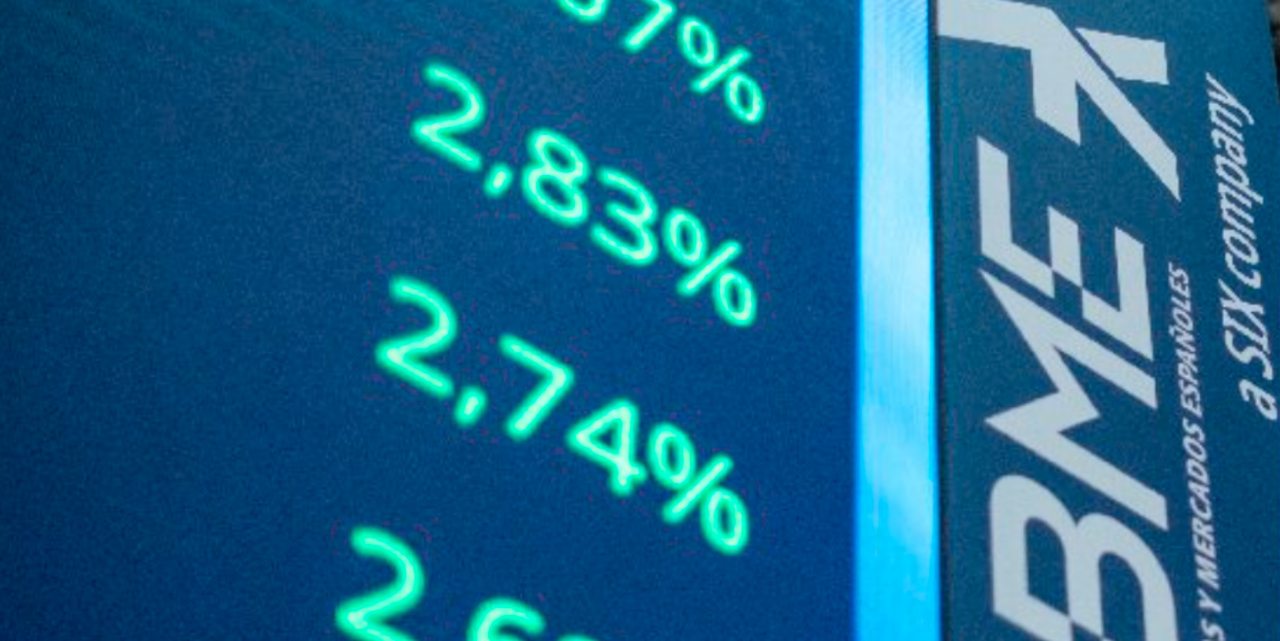The Market Reports of BME gather the activity carried out throughout the year in all investment areas, as well as the company's own business. All references are related to the financial and economic moment and are compared internationally. They include highly interesting graphs and statistics.
Learn About the Stock Market Activity Every Year
Market Report 2024
Download the latest complete Market Report.

A market report is an annual document that summarises the activity of the Stock Exchange in all areas of investment and trading.
The BME Market Report includes data such as the closing and profitability of the main markets in the world, the results of Spanish listed companies, sectoral stock market behaviour, capitalization, IPOs carried out, dividend distribution, capital increases, specific references to fixed income, achievements of BME, and regulatory and activity updates.
To get the most out of market reports, it is necessary to consult the headings in the introduction to select the area of your interest. Additionally, it is important to compare the data with previous documents to have a more complete understanding and reach more accurate conclusions. Knowing the economic and stock market context is equally relevant.






